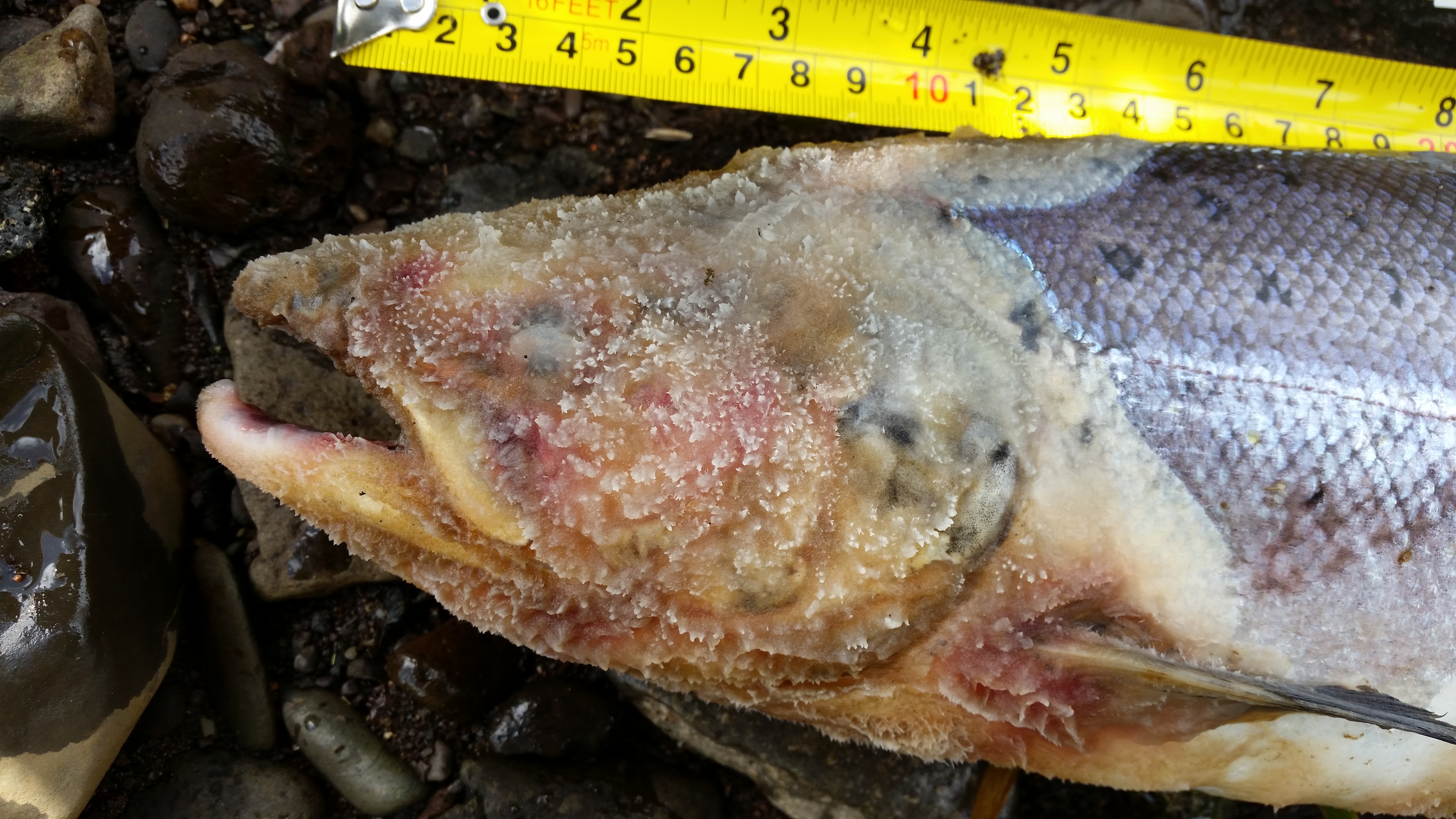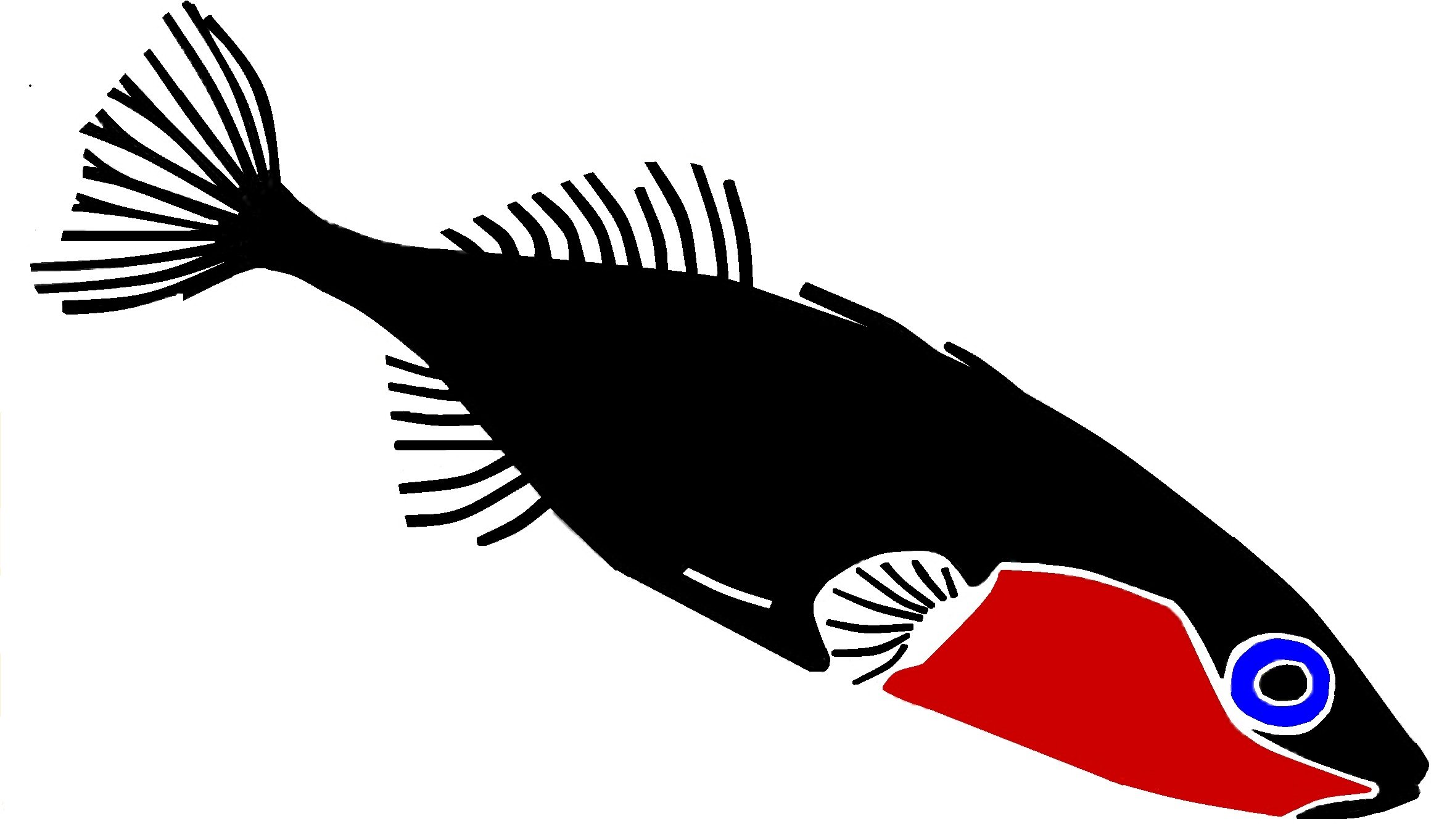Fish kill report
We have received the final report from Marine Scotland’s Fish Health Inspectorate on the fish kill that occurred in the Gryfe and Kelvin catchments throughout August and September. Fish collected from the Gryfe were analysed for disease and a number of pathogens were detected (bacterial, fungal and parasitic but not viral), as outlined in the summary below. The cause of death was attributed to haemodilution – meaning that the osmotic balance of the fish was disrupted by the breakdown of the skin by disease. We are very grateful to everyone who contacted us about sightings during the course of the investigation and to Marine Scotland for undertaking a thorough analysis. While we now know what caused the losses, this doesn’t shed any light on why so many fish were in such poor condition. We appreciate that such losses are of great concern to all of those involved in the river and can only ask at this stage for people to continue to inform us of any further issues.
The summary from the final report:
“The River Gryffe was visited after a call from a The Clyde River Foundation informing the fish health inspectorate of a number of dead or moribund fish being found in a section of the river known locally as the ‘The Pots’. Four moribund fish were sampled for a diagnostic investigation. Another moribund fish was removed before the inspector arrived and frozen. This fish was also sampled at a later date.
A histopathological examination revealed that losses were attributed to osmotic haemodilution resulting from oomycete infected skin tissue.
Interpretation of bacteriology plates revealed Saprolegnia sp. and three colonies of bacteria identified as Aeromonas hydrophila, cavia, and sobria. These motile aeromonads are known to be fish pathogens however in this case the mixed nature of the growth suggests they have occurred initially as an opportunist and increased to result in a significant bacterial infection.
Examination of fins and vents took place under a microscope. Examination of the fins found the fish to be negative for Gyrodactylus species. Examination of the vents identified a number of the parasitic nematode Anisakis simplex. The vents had varying levels of infestation with between 9 to 43 individuals identified per vent. Please contact myself or the duty inspector should you require any further information, have any queries regarding this report or if any problems develop.”
Please follow the links below to access the full reports for this case:
Interim Fish Health Inspectorate report (includes detail for the majority of the analysis)
Final Fish Health Inspectorate report

